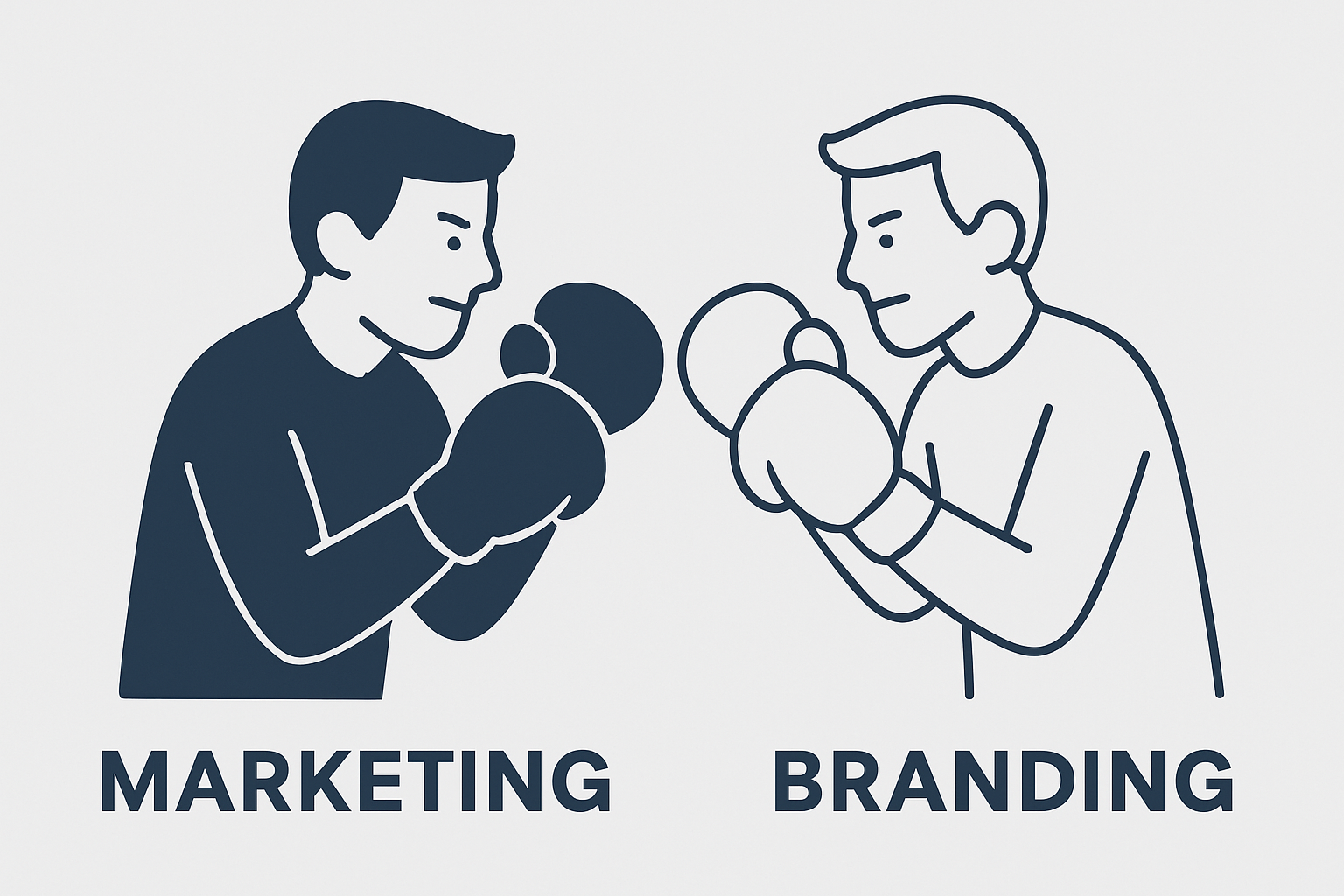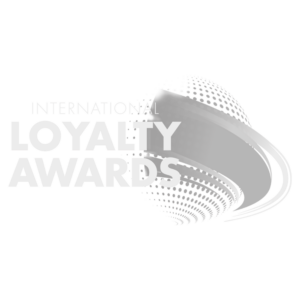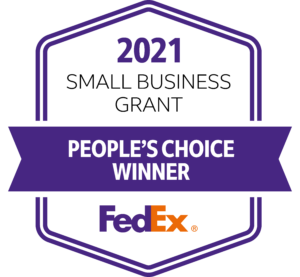The marketing funnel outlines the journey a customer takes from discovering a brand to becoming a loyal advocate. It includes four key stages: Awareness, Consideration, Conversion, and Loyalty. While marketing drives action through targeted messaging and strategic promotion, branding shapes perceptions, trust, and emotional engagement. Both are essential, but they serve different purposes at each stage.
The Marketing Funnel below will be broken down to facilitate understanding of each step, and how to prepare your brand to build long-lasting loyalty.
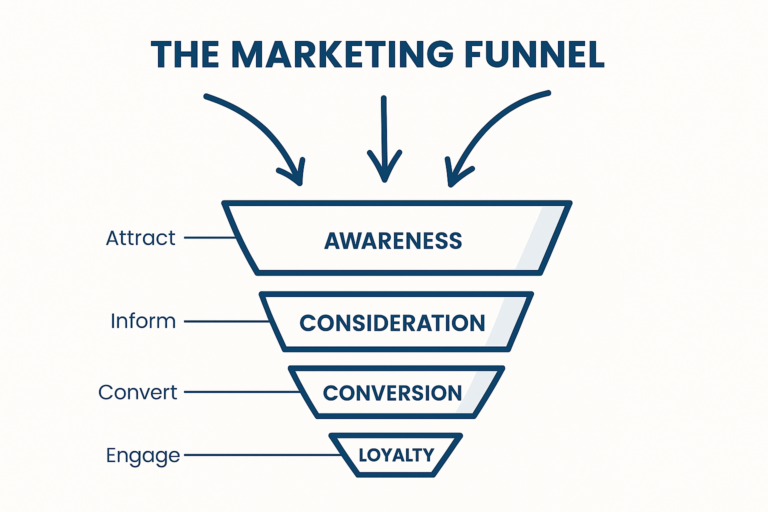
Awareness: Marketing Attracts, Branding Resonates
At the top of the funnel, marketing focuses on reach. Tools like social media ads, content campaigns, and search engine visibility are used to attract prospects. Branding ensures that the first impression made by these efforts is memorable and aligned with the company’s values.
A well-executed campaign might draw the eyes, but consistent branding ensures people remember what they saw and how it made them feel. A great example is the Galbani x Stampix campaign. Galbani, a leading Italian cheese brand, partnered with Stampix to run a campaign that combined emotional appeal with tangible engagement. By organising a chance-to-win contest involving personalised photo rewards, the brand didn’t just promote a product. It delivered a warm, family-centred experience aligned with its core values of tradition and togetherness.
The result was a highly engaging awareness campaign that boosted brand recognition in Belgium, but it also reinforced Galbani’s identity in a meaningful, lasting way.
Consideration: Marketing Informs, Branding Builds Trust
In the Consideration stage, prospects are actively evaluating options. Marketing plays a key role by delivering relevant content (like comparison guides, customer reviews, and FAQs) to inform and persuade.
Branding works in parallel to build emotional credibility. While marketing answers what a product does, branding answers why a customer should trust the company behind it. Take Innocent Drinks: their playful, honest tone reinforces trust, helping them stand out in a crowded market.
At this stage, facts inform the head, but branding wins the heart, helping convert consideration into preference.
Conversion: Marketing Closes, Branding Reassures
Conversion is where intent becomes action. Marketing removes barriers with strong calls to action, clear pricing, and streamlined processes. Brands like ASOS do this effectively by combining urgency with seamless checkout and flexible return options.
Branding reassures the buyer in the final moment. A trusted brand signals quality and reliability, making the decision feel safe. For example, Patagonia’s commitment to sustainability and quality builds confidence that extends beyond the product itself.
Marketing creates the push to act, branding makes that action feel right.
Customer Loyalty: Where Branding & Marketing Unite
Loyalty is more than a repeat transaction; it’s an emotional bond. This stage highlights the distinct yet complementary roles of branding and marketing more than any other.
At the loyalty stage, branding’s purpose is to nurture a deep emotional connection. When customers identify with a brand’s values or feel a sense of belonging, they return, not because of convenience or price, but out of preference and trust. Brand loyalty comes from more than satisfaction; it’s born of meaning and resonance. A familiar tone, shared values, and consistency across touchpoints foster long-term preference.
Marketing plays a tactical yet vital role in maintaining that loyalty. It engages customers post-purchase through targeted communications, loyalty programmes, feedback loops, and community-building initiatives.
An excellent case in point is the Starbucks Rewards programme. It transforms habitual coffee buyers into loyal fans by combining convenience with tailored incentives. Proof that effective marketing can both retain and delight.

Stampix: a Marketing-Branding synergy
An outstanding modern example of marketing-branding synergy in action is Stampix’s Photo Rewards. Instead of offering monetary discounts, Stampix delivers emotional value by letting customers receive beautifully printed personal photos as a thank-you for interacting with a brand.
This approach is a perfect fusion of branding, creating positive emotional associations, and marketing, offering a tangible, trackable incentive that drives repeat engagement. A clear example of this is the Orange Thank You campaign, in which customer from the Belgian telecom receive free photos as a Birthday Gift.
Conclusion: The Loyalty Advantage
Throughout the funnel, marketing fuels momentum, but branding sustains meaning. Marketing pulls customers through the process; branding ensures they come back and bring others with them.
At the Loyalty stage, this relationship is most powerful. Customers who are emotionally connected to a brand are more likely to stay, spend more, and become ambassadors. With innovations like Stampix Photo Rewards, businesses can elevate their retention strategies beyond mere incentives, building experiences that are emotionally resonant and uniquely on-brand.
In today’s competitive landscape, the true advantage lies not only in reaching customers, but in keeping them. That’s where marketing ends and branding endures.
Subscribe to our Newsletter
Subscribe to receive our exclusive insights and events before everyone.
Start building a program that sparks joy and drives results.

Subscribe to our Newsletter
We promise we won’t flood you with emails! Every two months we will send you an insightful newsletter with marketing and loyalty news, interesting blogs and new product releases.


